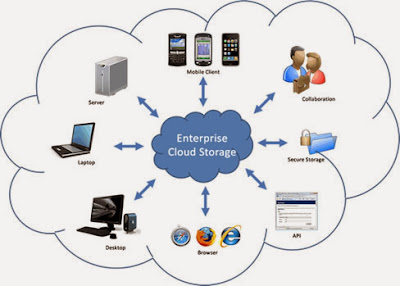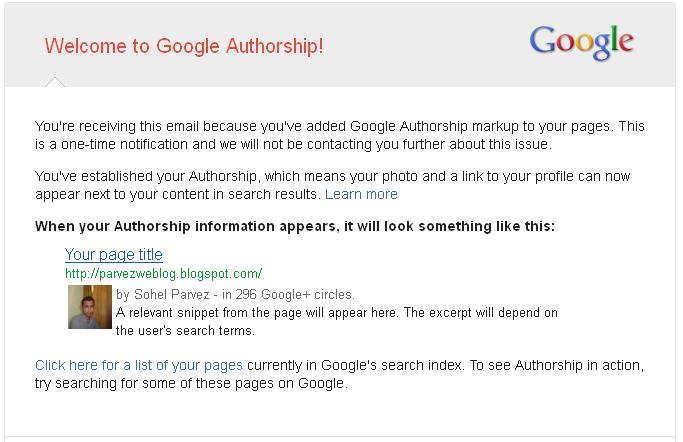Cloud storage has become very popular and preferred for storing data by individuals and organizations. As a result of the increased demand for cloud storage services, many providers have come up with systems to offer online storage services. Nevertheless, you should be very careful when selecting a cloud storage provider. These providers have flooded the market making it challenging when looking for a file storage provider. However, the best cloud storage providers will always stand from the rest. This is because the best online storage providers offer services beyond just storing data. These providers go a mile further in ensuring easier availability, security, affordability and quality of online storage services to their clients.
The following are some of the cloud storage providers that have proven to be among the best in this industry:
1. Dropbox: this is one of the oldest providers that came in place immediately cloud storage was introduced in the market. Its popularity has continued to grow ever since then and many people have liked the services offered by Dropbox. It supports operating systems of both desktop computers and mobiles, making it more versatile. Its features have continued to be improved and it allows use of different apps. Dropbox is also among the cloud storage providers with the largest storage space.
2. Google Drive: this is one of the latest introductions in the market that are promising and competitive to the older versions. Although it has been in this industry for barely a year, many people have preferred it. Google Drive uses tools that were formerly known as Google Docs including Docs, Presentations, Drawings and Spreadsheets. Therefore, if you day to day work involves using the mentioned tools then Google Drive will be the best provider to use for storing your data. It is also important to note that Google Drive is versatile because it is available in Android, Windows, OS X and iOS. Google Drive is also compatible with many plugins and that is why many of its users prefer it. Its pricing is also very competitive.
3. SugarSync: it is one of the cloud storage providers with many features and the best file backing capability. Some of its desktop apps are for Windows and OS X; while the mobile apps are for Android, Windows Phone and iOS. The pricing is also very lucrative
4. Microsoft SkyDrive: this is a cloud storage provider that has managed to overcome the several obstacles it had at the time when it was being introduced in the market. Currently, SkyDrive is integrated with Windows, including Windows 8 and can also be used by those with Microsoft Office 2013. SkyDrive is supported by both desktops and tablets thus you can use it in your office or when on the move. In addition, SkyDrive also contains mobile apps for iOS, Windows and Android. Therefore, you can access your files on SkyDrive from wherever you are, provided you are connected to the internet
5. Bitcasa Infinite: it offers free 10GB storage space and infinite storage space for $99 per year. If you have the largest data to store then this is the provider to go for.
The following are some of the cloud storage providers that have proven to be among the best in this industry:
1. Dropbox: this is one of the oldest providers that came in place immediately cloud storage was introduced in the market. Its popularity has continued to grow ever since then and many people have liked the services offered by Dropbox. It supports operating systems of both desktop computers and mobiles, making it more versatile. Its features have continued to be improved and it allows use of different apps. Dropbox is also among the cloud storage providers with the largest storage space.
2. Google Drive: this is one of the latest introductions in the market that are promising and competitive to the older versions. Although it has been in this industry for barely a year, many people have preferred it. Google Drive uses tools that were formerly known as Google Docs including Docs, Presentations, Drawings and Spreadsheets. Therefore, if you day to day work involves using the mentioned tools then Google Drive will be the best provider to use for storing your data. It is also important to note that Google Drive is versatile because it is available in Android, Windows, OS X and iOS. Google Drive is also compatible with many plugins and that is why many of its users prefer it. Its pricing is also very competitive.
3. SugarSync: it is one of the cloud storage providers with many features and the best file backing capability. Some of its desktop apps are for Windows and OS X; while the mobile apps are for Android, Windows Phone and iOS. The pricing is also very lucrative
4. Microsoft SkyDrive: this is a cloud storage provider that has managed to overcome the several obstacles it had at the time when it was being introduced in the market. Currently, SkyDrive is integrated with Windows, including Windows 8 and can also be used by those with Microsoft Office 2013. SkyDrive is supported by both desktops and tablets thus you can use it in your office or when on the move. In addition, SkyDrive also contains mobile apps for iOS, Windows and Android. Therefore, you can access your files on SkyDrive from wherever you are, provided you are connected to the internet
5. Bitcasa Infinite: it offers free 10GB storage space and infinite storage space for $99 per year. If you have the largest data to store then this is the provider to go for.


